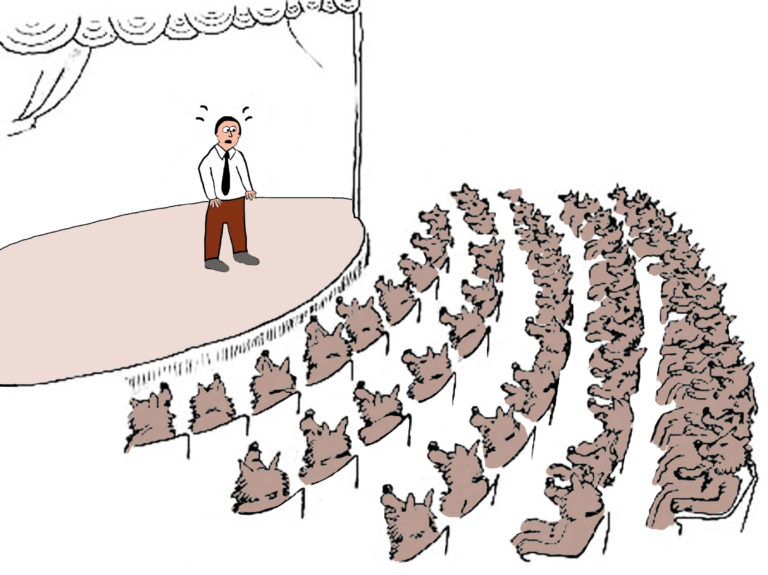
Large wounds on the distal limbs of horses can be frustrating to manage, and they can take considerable time to heal. Excessive granulation tissue and stalling out of wound contraction and epithelialization are obstacles to resolution. An Egyptian study evaluated the use of cod-liver oil on the healing of large metacarpal wounds [Eissa, OM.; Hamad, N.; Ahmed, AF et al. Evaluation of the Enhancement Effects of Cod-Liver Oil on the Healing of Large-sized Metacarpal Wounds in Equines. Assiut Veterinary Medical Journal April 2023, vol. 69, no 177; pp. 80-88].
Research Process
A large wound—5 x 10 cm—was created in the middle third of the metacarpus in three adult donkeys. Weekly application of cod-liver oil was then covered with a non-adherent dressing and a supportive bandage. Weekly evaluation included digital photographs and measurements with a ruler. At the end of the study, biopsy samples were taken on days 28, 56 and 105 following creation of the wounds.
The researchers found the following post-treatment:
- By day 7, wound edges were regular and without swelling or exudate. Healthy granulation tissue was growing on the wound surface with no signs of epithelialization at this point.
- By day 14, the wound gap was filled to the level of the skin with healthy granulation tissue. Epithelialization had begun at the wound’s periphery.
- By day 21, granulation tissue was no longer irregular but now appeared slightly smooth on its surface. The bottom edges of the wounds were contracting and epithelializing.
- By day 28, granulation tissue was smooth and at skin level in most of the wound. Wound contraction and epithelialization were occurring at the bottom and vertical sides of the wound. There was no sign of infection.
- By day 35, smooth granulation tissue filled the gap along with increased epithelialization and contraction.
- By day 42, results were similar to day 35 but in addition, there was considerably greater epithelialization and contraction.
- By day 49, the wound surface was smooth and epithelialization was occurring on all four sides of the wound, especially the distal and vertical sides.
- By days 56 – 63, even more epithelialization and contraction had occurred, with a significant reduction in mean surface area; the wound size was now 60% of the original.
- By day 70, pigmentation appeared at the epithelialized distal area.
- By days 77 – 84, the wound was triangular in shape with the apex at the distal end.
- From days 91 – 98, nearly all of the wound was epithelialized except for a small spot at the top third. Pigmentation appeared at the wound margins.
- By day 105, healing was complete with smooth-surfaced scar tissue at the center of the top third of the wound. The rest of the wound was covered with pigmented epithelial tissue.
Cod-Liver Oil Beneficial Properties
The authors suggest that lipophilic vitamins and polyunsaturated fatty acids in cod-liver oil can enhance wound healing through dilation of the microcirculation and availability of vitamin A to the wound surface. Fatty acids, and in particular omega 3, might also increase pro-inflammatory cytokine production in the wound.
Protective support bandages help to absorb exudate, keep the wound moist, prevent contamination and protect against insects and dust/dirt while keeping cod-liver oil in contact with the wound. The bandages also reduce edema and formation of granulation tissue.
In conclusion, the authors reported, “Cod-liver oil was beneficial in healing surgically-induced large-sized wounds by accelerating epithelialization and enhancing healthy scar formation.”








